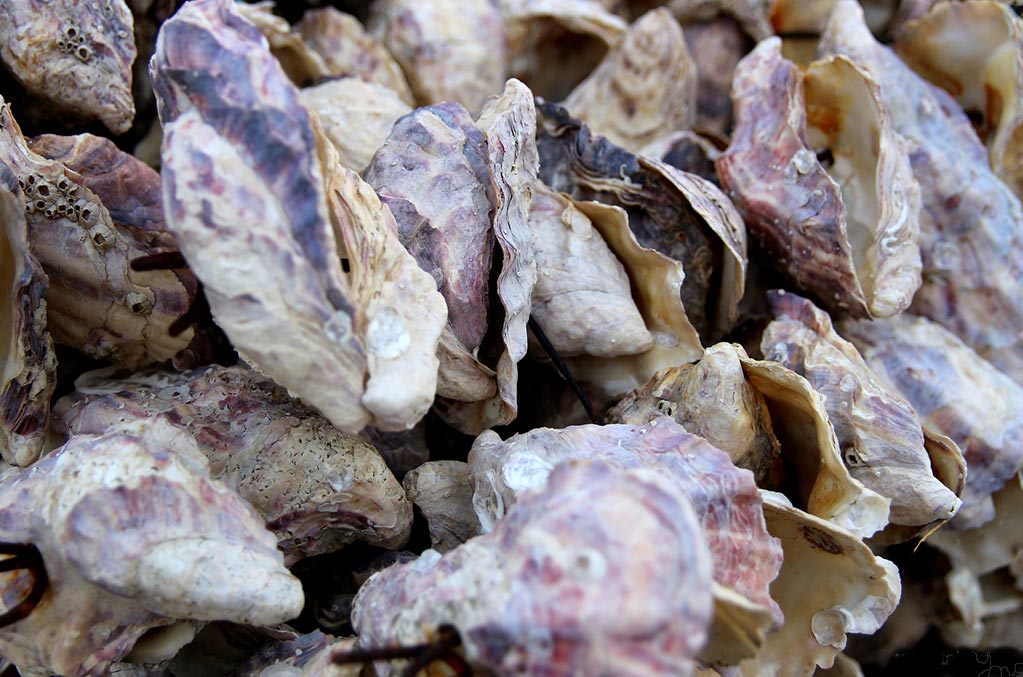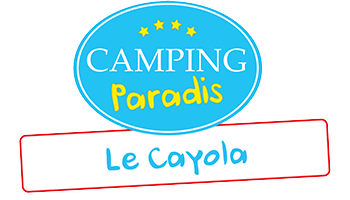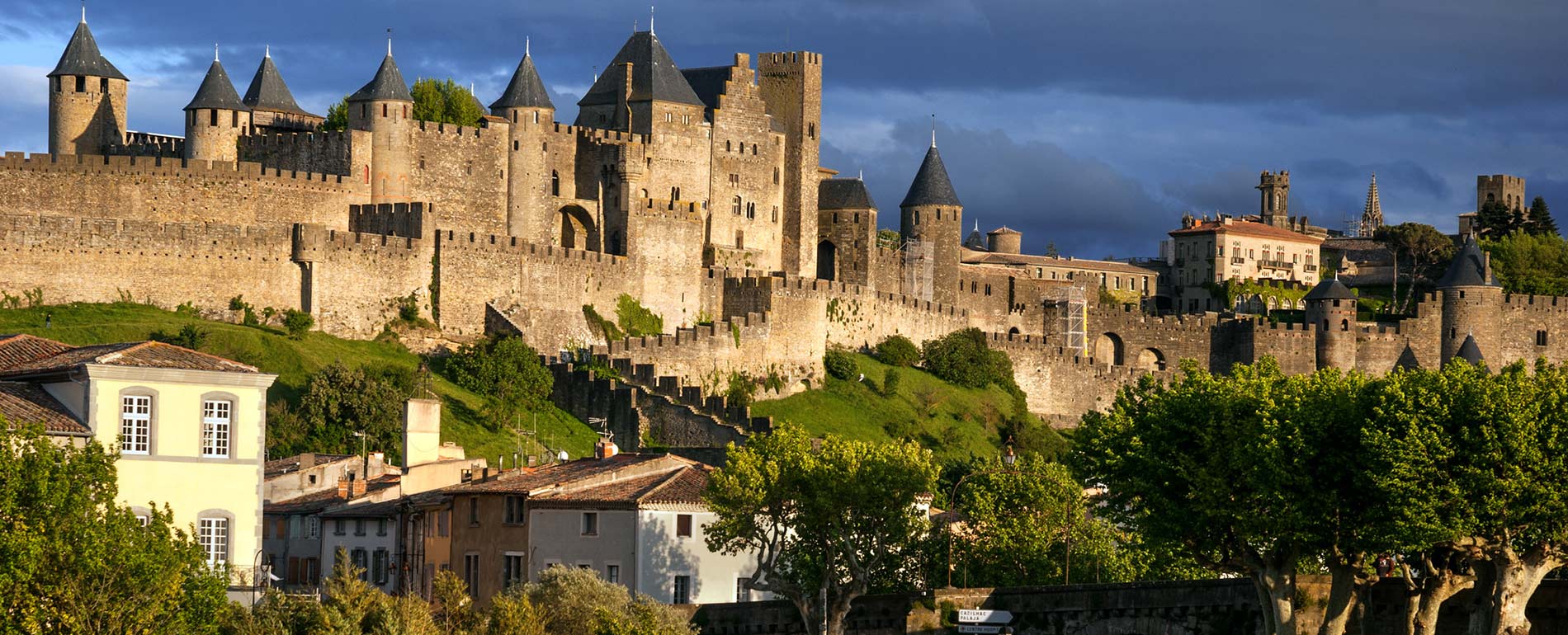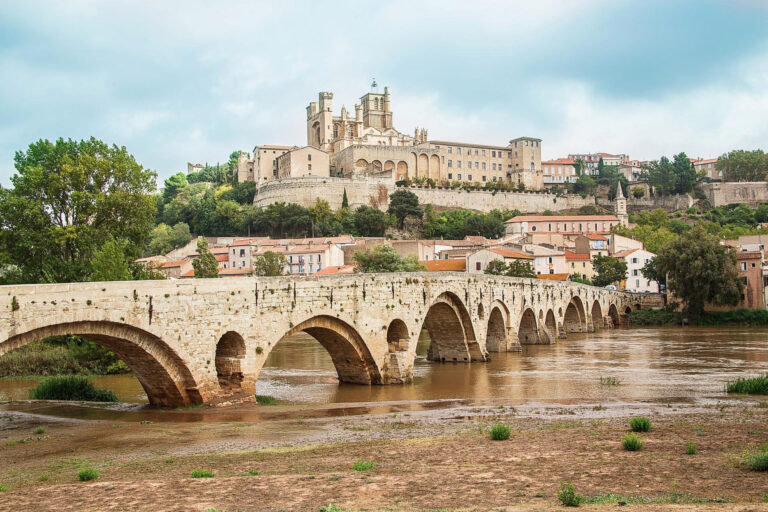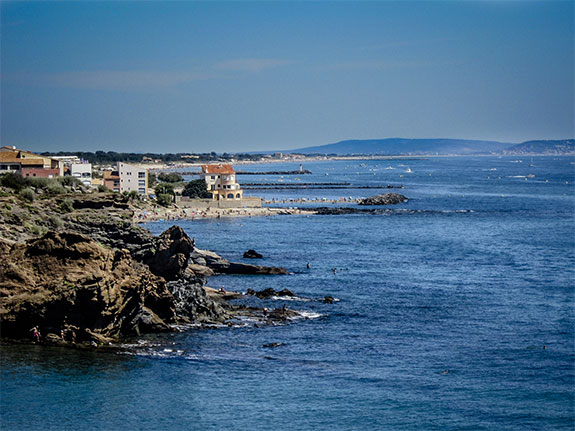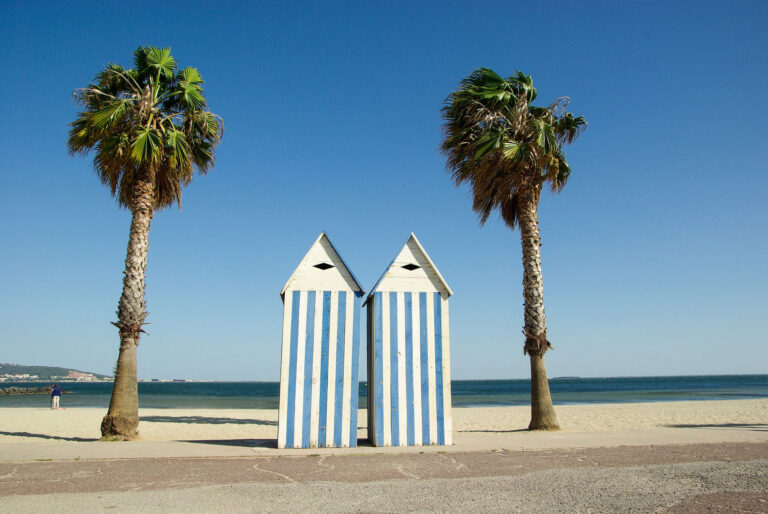Tourism Languedoc-Roussillon
Montpellier, Béziers, Nîmes, Perpignan, Portiragnes, Cap d’Agde, Carcassonne or Mende… These are some of the most beautiful destinations in the Occitanie region within walking distance of Camping Paradis Le Cayola.
These different cities are appreciated for the beauty of their natural areas as well as for their rich historical and cultural heritage.
Their culinary specialities also make them essential destinations for Languedoc-Roussillon tourism.
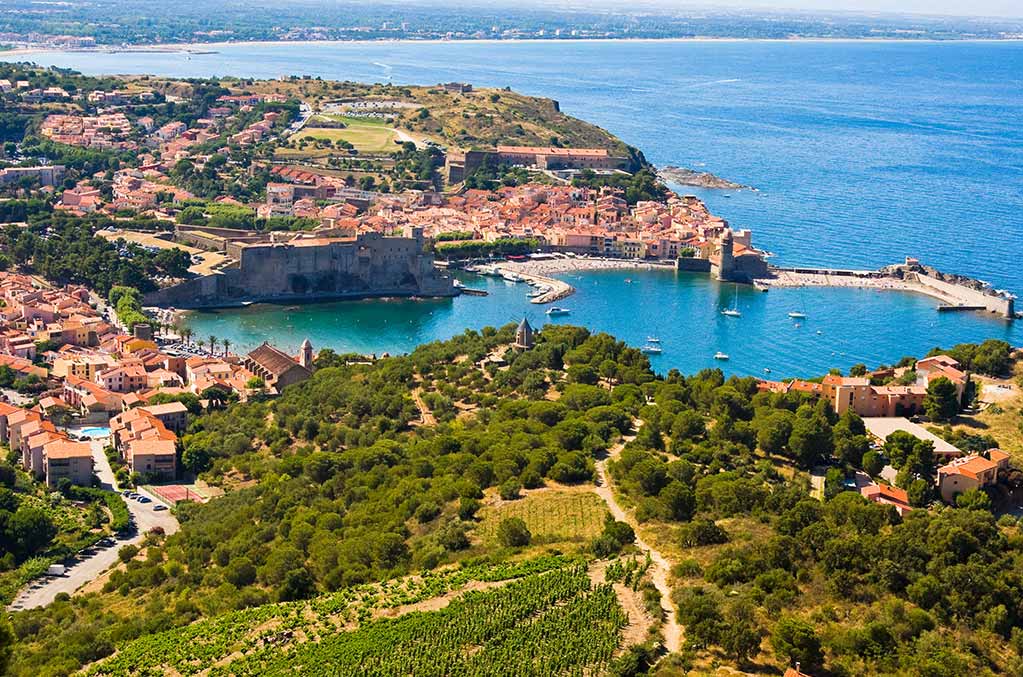
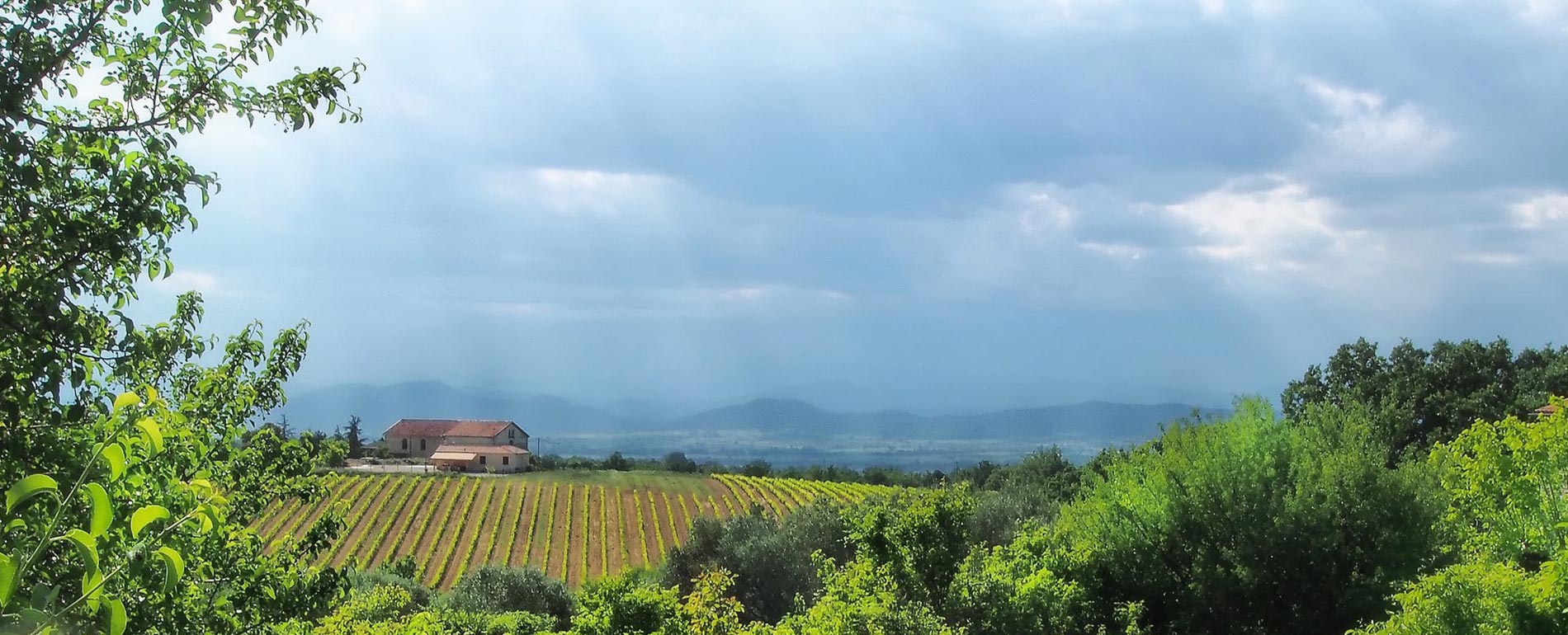
THE MAP OF OCCITANIA
Occitania is the second largest region in metropolitan France in terms of surface area. It is also the region with the most departments: there are thirteen in total, including Hérault, Gard, Lozère, Aude and Pyrénées-Orientales.
Among the larger towns in the Occitanie region are Béziers, Sète, Montpellier, Sérignan, Vias, Valras, Nîmes and Perpignan. These towns are among the easternmost destinations in the region.
The city of Toulouse is located in the centre of the country. In the west, there are many lesser-known but charming towns, including Condom, Montauban and Auch.
The South is covered by two regional nature parks (the regional nature park of the Ariège Pyrenees and the Catalan Pyrenees) and a Pyrenees National Park.
Several other parks covering dozens of communes are also part of the Languedoc-Roussillon tourism must-see list.
There are three regional nature parks in the east of the Occitanie region: the Haut-Languedoc regional nature park, the Narbonnaise regional nature park and the Camargue regional nature park.
There are also three regional nature parks in the north: the regional nature park of the Causses du Quercy, the Aubrac and the Grands Causses. This part of the region also includes the Cévennes National Park.
WHAT TO DO IN OCCITANIA?
What are the must-see sites for a family holiday in Languedoc-Roussillon? We have selected ten:
In Hérault
- The Paul-Riquet alleys (Béziers) : The Allées verdoyantes Paul-Riquet is a princely promenade that was laid out along the old moat and city walls in 1827. The avenue is very wide and long, with parallel rows of plants.
The site is a popular meeting place for friends in Béziers. There are many restaurants and bars with outdoor terraces. And every Friday, the flower market welcomes inhabitants and visitors.
The Allées Paul-Riquet are also animated by numerous night-time events during the annual Féria in August.
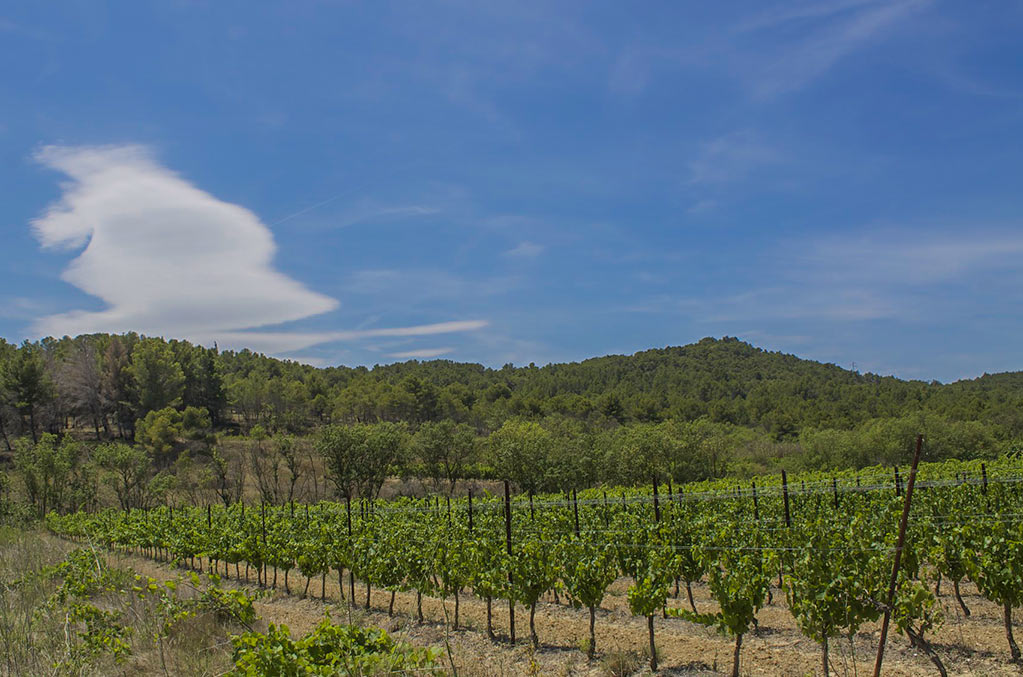
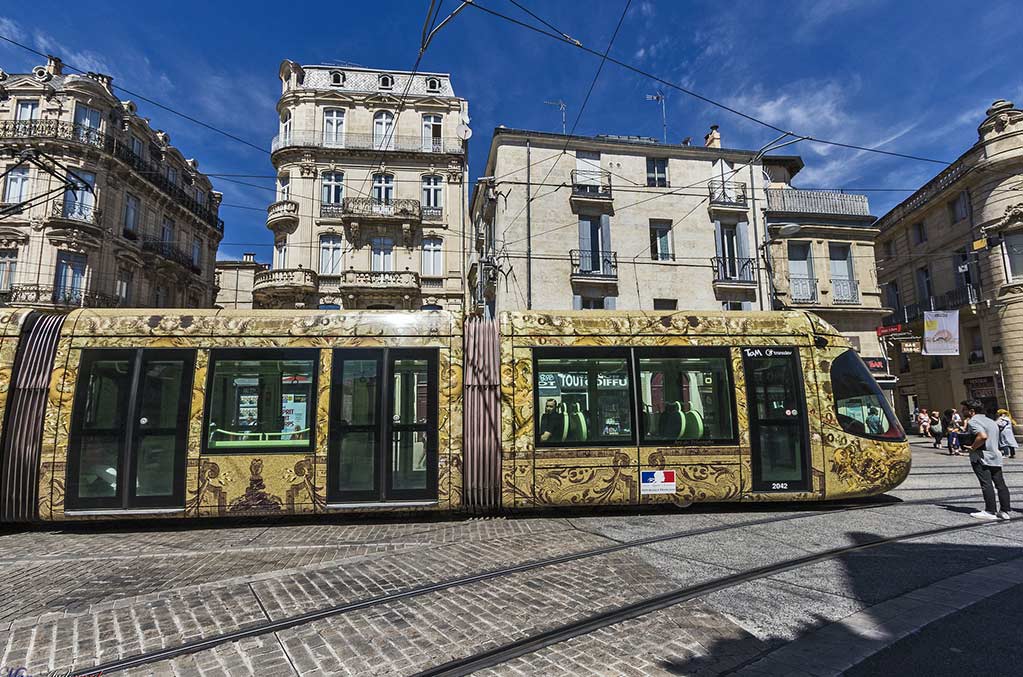
- The Peyrou promenade (Montpellier): In the highest part of Montpellier and just west of the old walls, this square was designed during the reign of Louis XIV. Due to a period of unrest in the early 18th century, the work was not completed until the mid-1700s.
There are many interesting details, such as the statue of the Sun King, which dates from 188, replacing an earlier version that had been melted down to make cannons. The figure depicts him on horseback, extending his arm towards Spain, then in conflict with the kingdom of France.
The 18th century water tower is fed by the Saint-Clement aqueduct, which is fourteen kilometres long.
In Gard
- Gardens of the Fountain (Nîmes): These 18th century gardens, located around the water source where ancient Nîmes was founded, are perfect for walks and family fun.
There are majestic balustrades, wide staircases, marble statues and vases, and exciting Roman monuments.
When the Jardins de la Fontaine opened in 1745, it was one of the first public parks in Europe. The park came into being after attempts to channel the natural spring led to the discovery of a temple of Augustus and a theatre.
This place, full of history, is one of the major sites in Languedoc-Roussillon tourism.
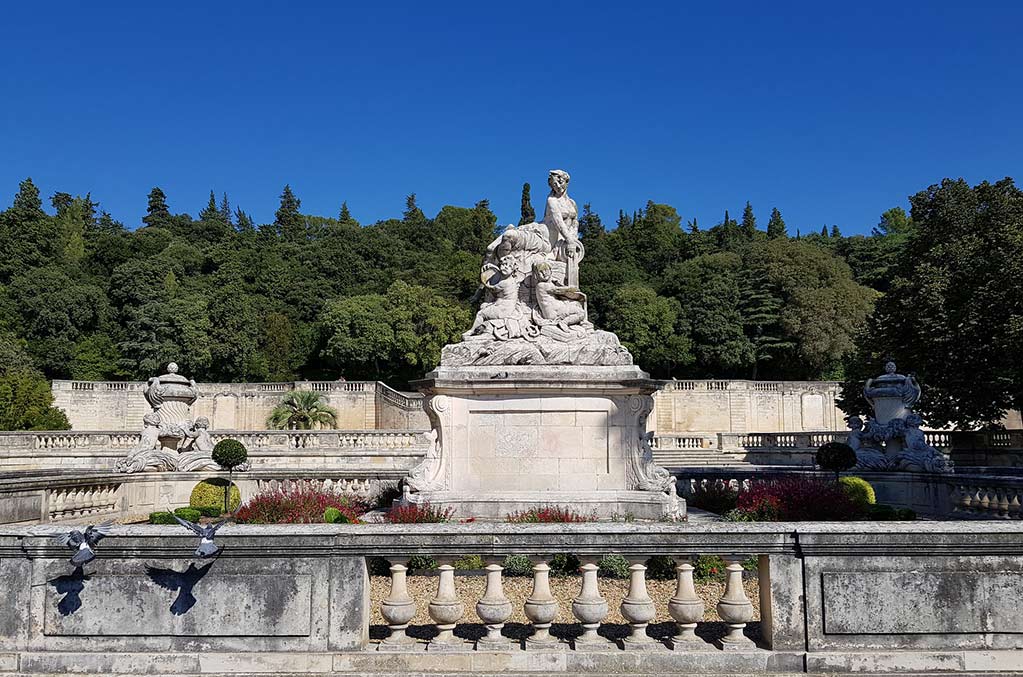
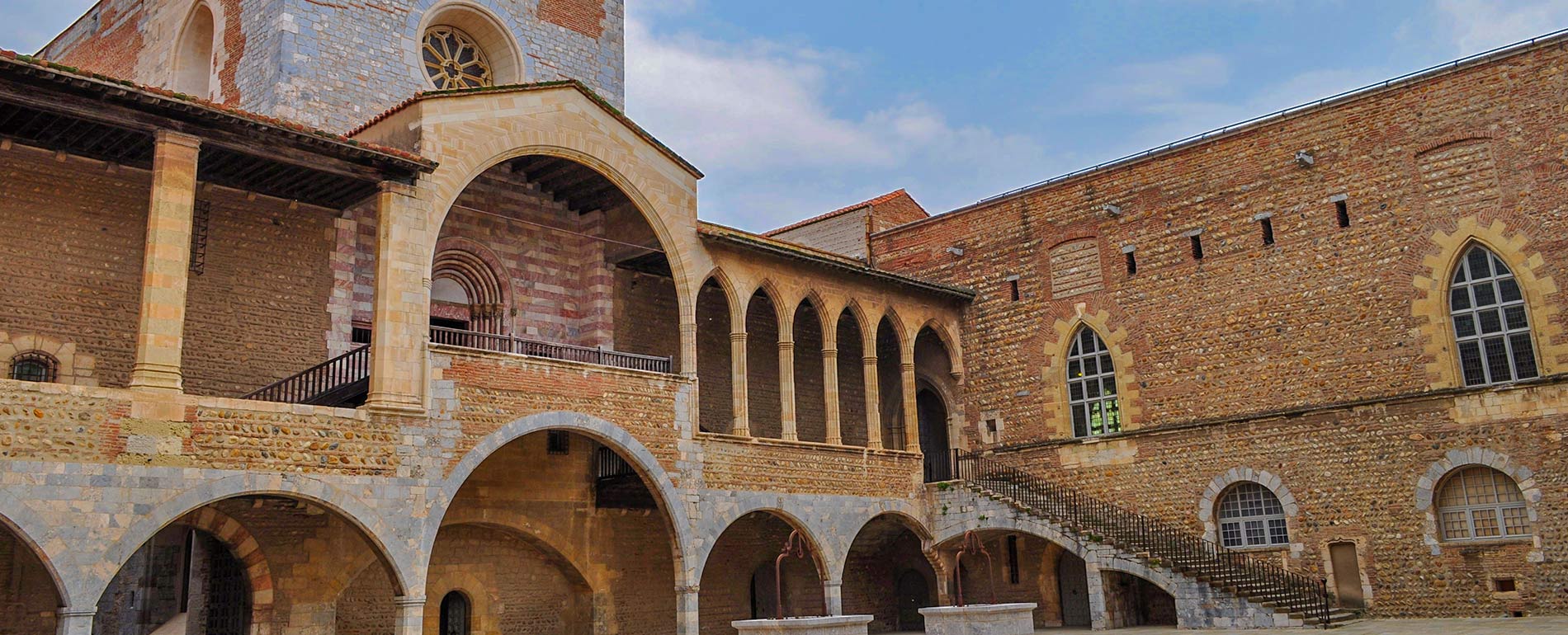
- The Colombier Museum (Alès): In an 18th century manor house with a French garden and a pretty dovecote, this is one of those small town museums where it is good to go with the family. The Dovecote Museum is a clever blend of fine art and archaeology. Downstairs you will find Roman ceramics, tombstones, mosaics, a sarcophagus and a strange assortment of medieval door knockers. In the art galleries are two pieces by Breughel the Elder and the Holy Trinity triptych by the 16th century Renaissance painter Jen Bellegambe.
In the Pyrénées-Orientales
- The Palace of the Kings of Majorca (Perpignan): Although the Kingdom of Majorca did not control Perpignan for more than seventy years, from 1276 to 1349, it left its (still visible) mark on the city.
The palace occupies a large elevated space south of the old centre of Perpignan and was built to be the seat of power for the entire kingdom. Its construction began in the late 1200s and blends Romanesque and later Gothic architecture.
The main courtyard with two levels of galleries is of incomparable beauty, as are the chapels and the great hall where the court was held.
Every August, the spacious courtyards and gardens host an event that reveals the Iberian soul of Perpignan: the “Guitars in the Palace”, which takes place over three days and offers guitar concerts featuring flamenco, classical, pop and jazz artists.
- Casa Xanxo (Perpignan) : This Catalan Gothic manor house in the old town was built in the early 16th century for Bernat Xanxo, a wealthy drapery merchant.
Passing along the Rue de la Main de Fer, the large marble archivolt entrance and the carved stone of the facade are among the features that stand out. The frieze above the door depicts the battle between good and evil, evoking the seven deadly sins.
Entrance is free, and details of the former warehouses and vaulted cellar for storing cloth are available. On the first floor there is the ceremonial room, sublime for its woodwork and coffered ceiling.
Languedoc-Roussillon tourism also has a rich heritage in the Aude.
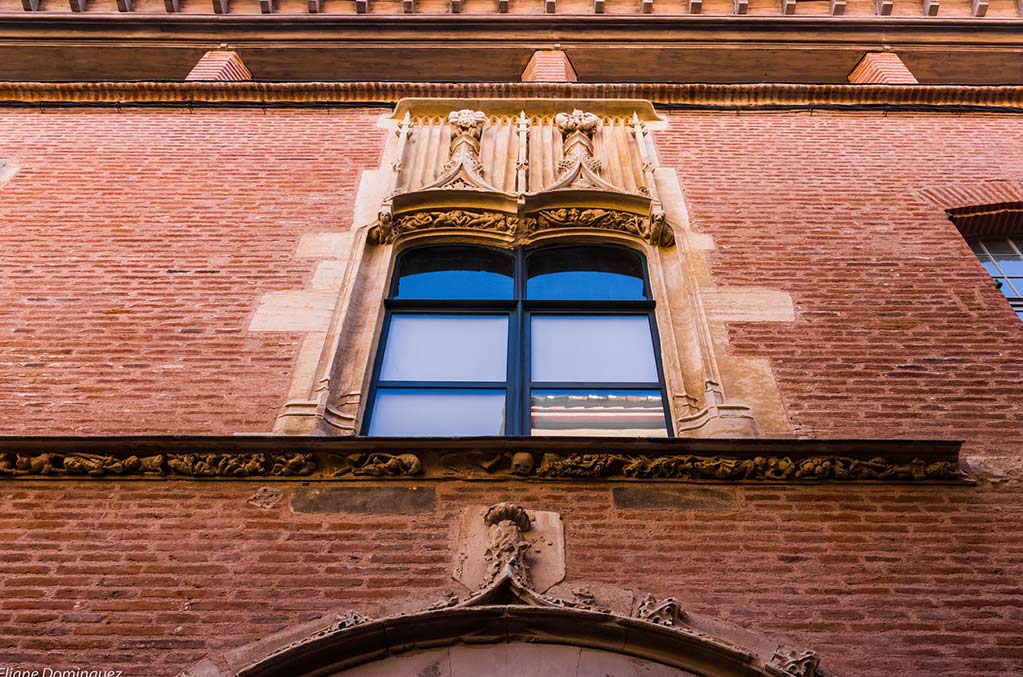
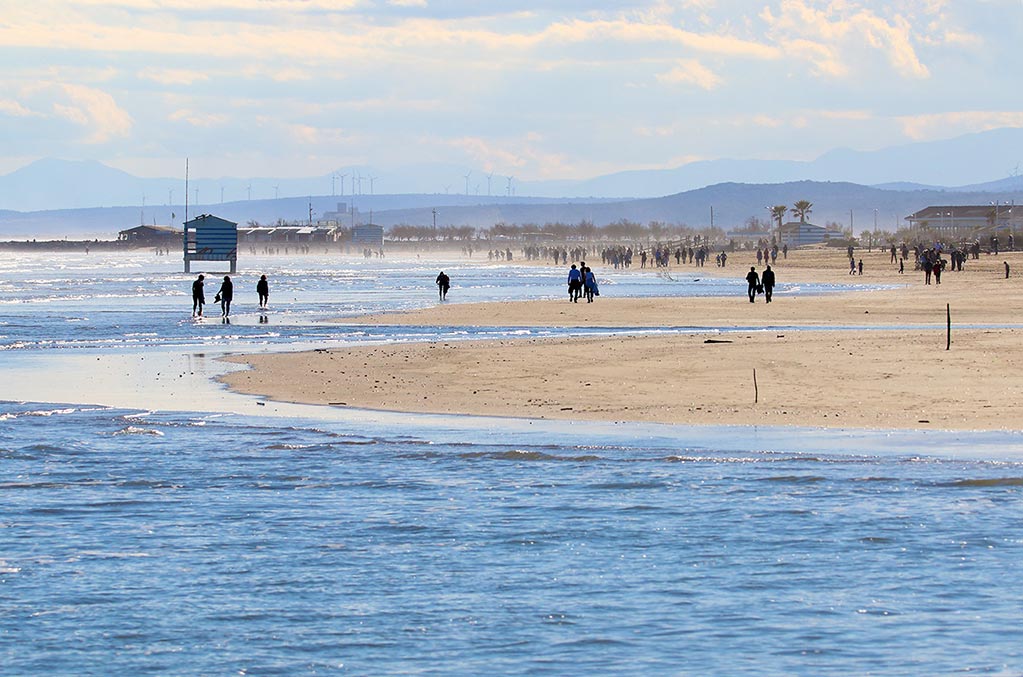
In Aude
- Gruissan Beach (near Narbonne): This is one of the closest beaches to Narbonne (less than half an hour by car), but also one of the most beautiful in the region.
Gruissan Beach is a vast expanse of golden sand with convenient areas for lunch with family and friends.
The beach is located in the eponymous town, a commune almost ‘blocked’ by salt marshes and oyster farms, and guarded by the 13th century Tour Barberousse, standing alone atop an isolated outcrop.
- The lake of La Cavayère (Carcassonne) : Twenty minutes by car or bus from the town is a lake formed by a dam built in 1988. Visitors discover forty hectares of water and pine forest, with three small beaches, a grassy area and all kinds of activities for children in summer. For example, pedal boats can be rented or miniature golf can be played, while younger children can enjoy a playground with inflatable structures. Motorboats are not allowed on the waters. In any case, you can take a leisurely stroll through the wooded hills or have a family picnic on the benches shaded by the pine trees.
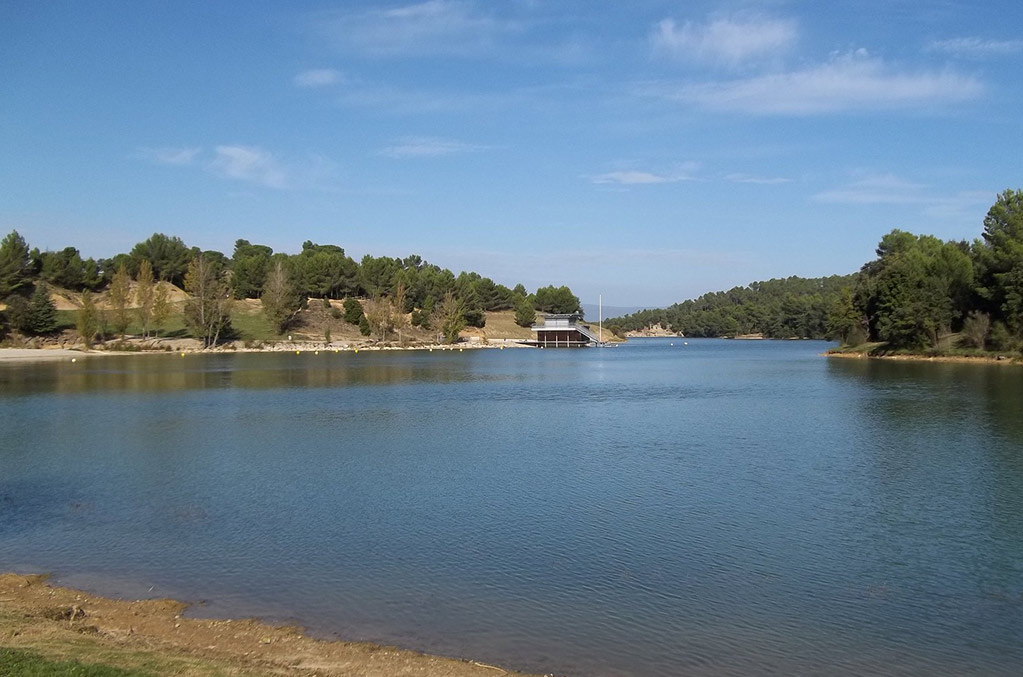
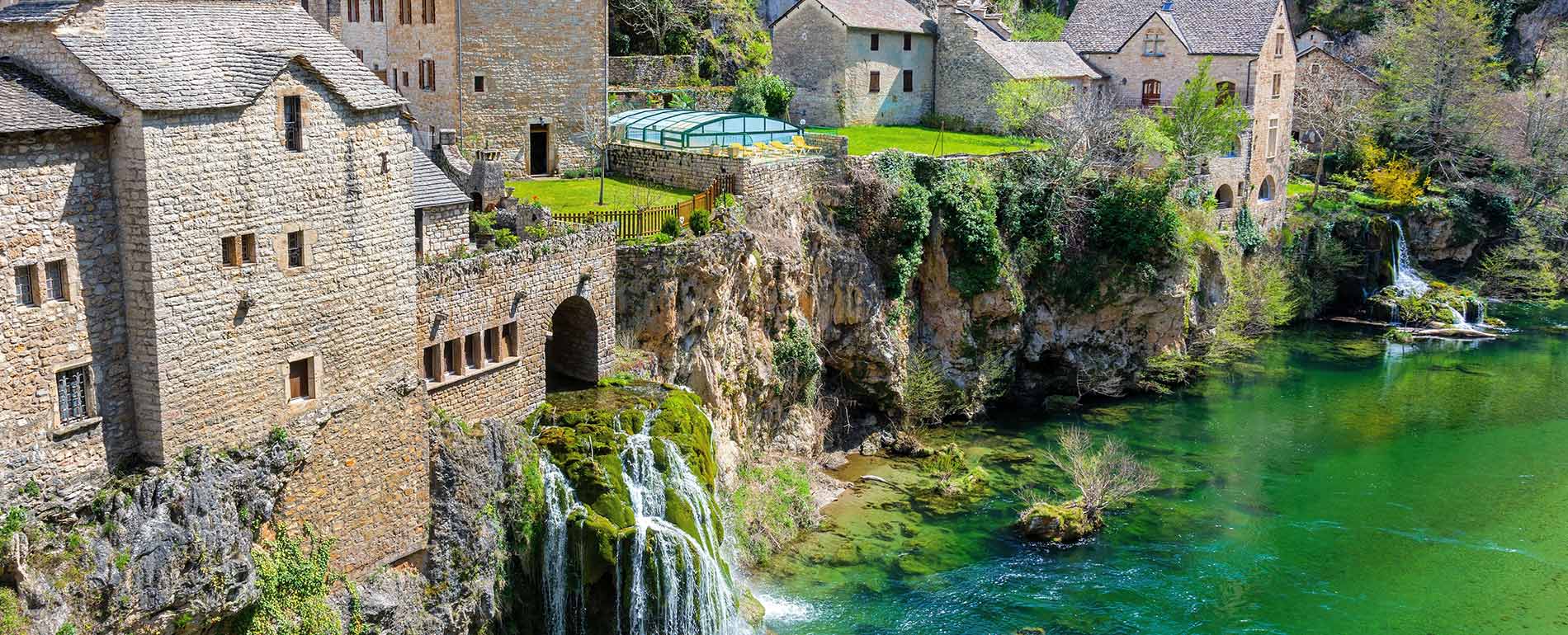
In the Lozère
From Mande to Langogne, there is a wide range of activities to choose from, from exploring the Tarn gorges by canoe to horse riding on the Aubrac highlands. Mountain biking, hiking, climbing and caving are also popular activities for holidaymakers.
In winter, the territory is covered in its beautiful white coat, offering more than three hundred kilometres of ski slopes, notably at Mont Lozère or Nasbinals. You can also explore vast landscapes by sled dog at Mas de la Barque or at the Bouviers station.
TOP 5 MUST-SEES IN LANGUEDOC-ROUSSILLON
Languedoc-Roussillon tourism offers many choices, whether in terms of historical monuments or natural sites, but also museums or culinary specialities. We have selected five of the region’s must-see sites:
Space Georges Brassens (Sète, Hérault)
Like Paul Valéry, Georges Brassens is a son of Sète, a cultural figure whose career (as a poet and songwriter) lasted from the post-war years until his death in 181.
This exhibition about his life and career focuses on such intangible things as songs. Equipped with headphones, each visitor is lulled by the lyrics of the artist’s most beautiful songs.
As you move through the galleries, you will also discover Brassens’ childhood, the writers who influenced him and the history of songs such as “L’auvergnat”, “La Gorille” and “Les Copains d’abord”.
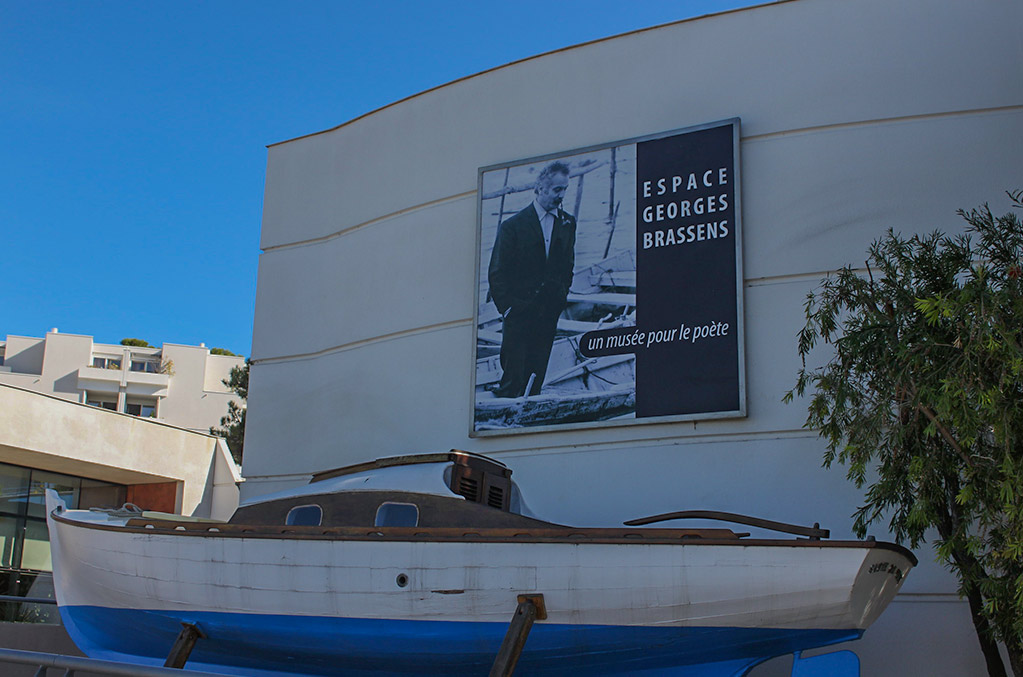
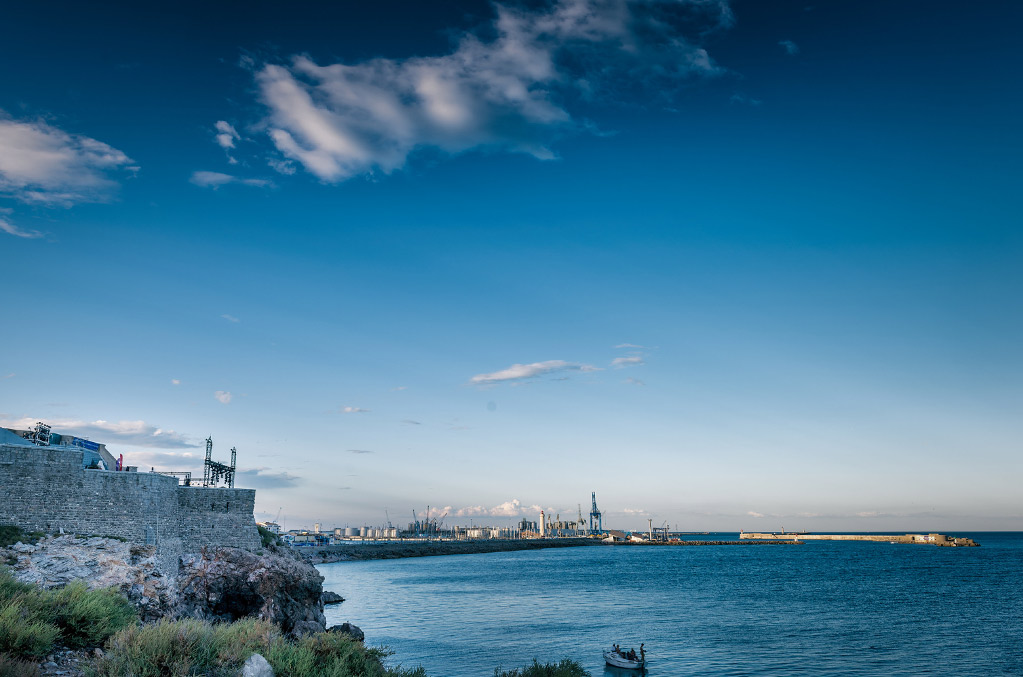
Theatre of the Sea (Sète)
Fort St. Peter was built near the entrance to the harbour in the 1740s to defend the city against regular attacks by foreign navies.
The fortress had a military function until the end of the Second World War, before being converted into an extraordinary performance venue in the late 1950s.
In the beginning, it was mainly for stage productions, but over time, music dominated the programme.
Basilica of Saint-Nazaire and Saint-Celse (Carcassonne, Aude)
This church was built over several hundred years, from the 800s to the 1300s. What makes it unique is the way in which the Romanesque and Gothic styles coexist harmoniously.
The sense of harmony is easy to see inside the religious building, which escaped the intervention of Viollet-le-Duc and houses Romanesque sculpture, stone and stained glass side by side.
In the choir, the long central stained glass window dates from 1280: it is one of the oldest stained glass windows outside Northern France.
Emblematic sites of Languedoc-Roussillon tourism can also be found in the Pyrénées-Orientales.
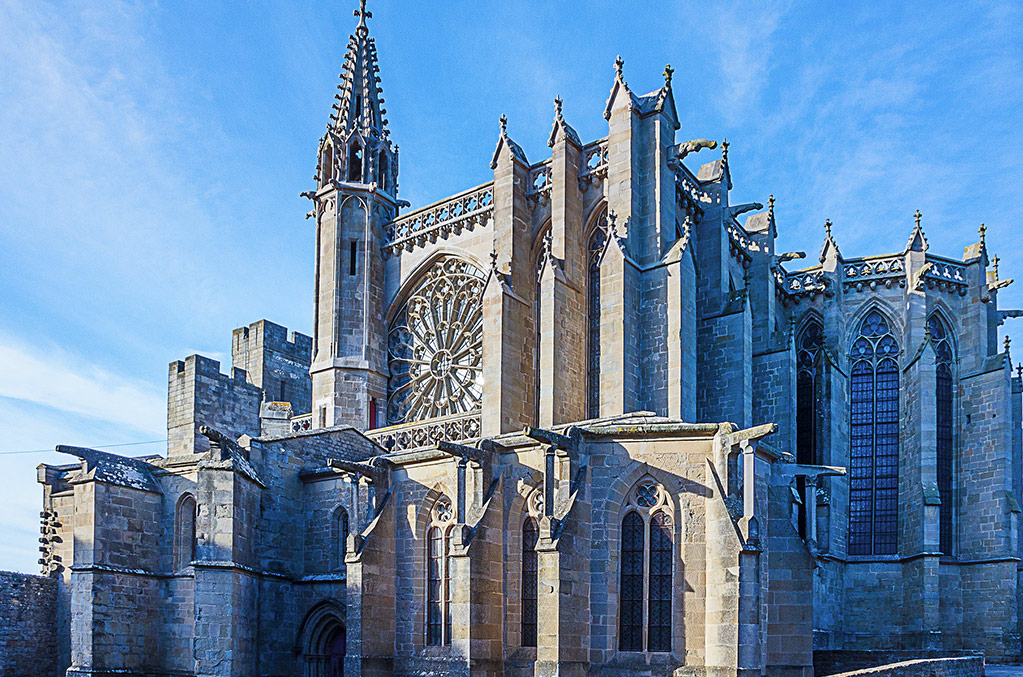
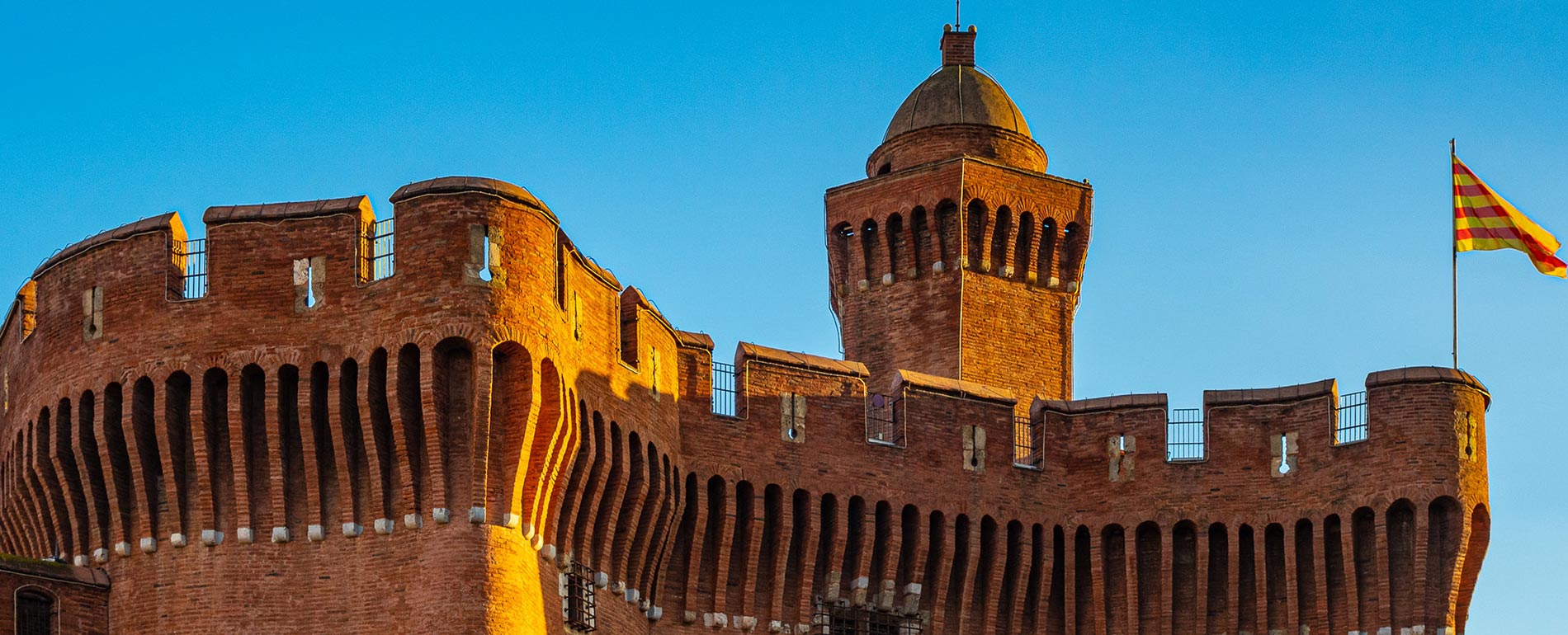
Le Castillet (Perpignan, Pyrénées-Orientales)
The Castillet tower dates back to the Kingdom of Majorca and was built with brick and marble, and crowned with decorative oversized battlements.
When the city came under French control, the Castillet was enlarged by Louis 11, who added the highest part, the turret topped with a couple of towers, and in the 18th and 19th centuries it was transformed into a prison.
The tower now houses a museum of Catalan folk traditions.
THE ARENAS (NÎMES, GARD)
The Roman amphitheatre in Nîmes is still standing after more than two thousand years of existence.
The arena is still used for celebrations and concerts. Every year in May, the Feria de Nîmes takes place for six days, with bullfighting and other events.
From the outside, near the entrance, visitors can see the bulls’ heads carved just above the upper level of the arches.
Tourism in Languedoc-Roussillon is also promoted through its vineyards.
LANGUEDOC-ROUSSILLON WINES : THE GUIDE
Languedoc-Roussillon has twenty-three different AOCs, including Aude, Corbières, Fitou, Limoux, Muscat and Vins de France. These wines belong to regional, sub-regional or communal appellations.
Red, rosé and white wines are produced under the regional appellation AOC Languedoc (formerly Coteaux du Languedoc).
The sub-regional appellations are numerous. Among them are Malpère, Limoux, Saint-Chinian, Clairette du Languedoc, Costières de Nîmes…
For lovers of natural sweet white wines, there are four AOC Muscats to choose from.
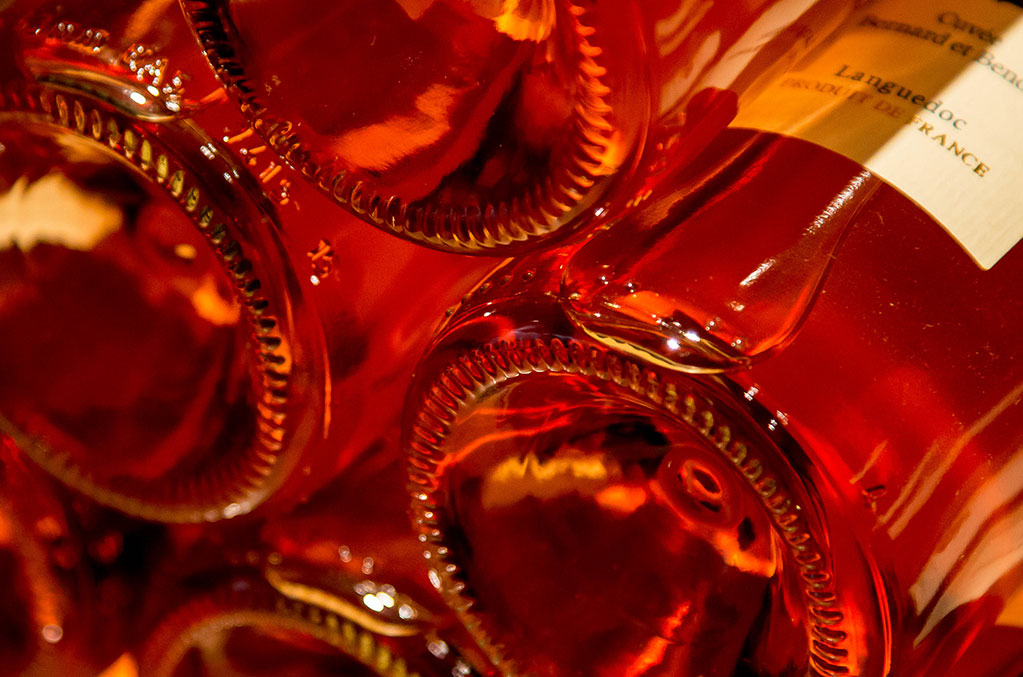
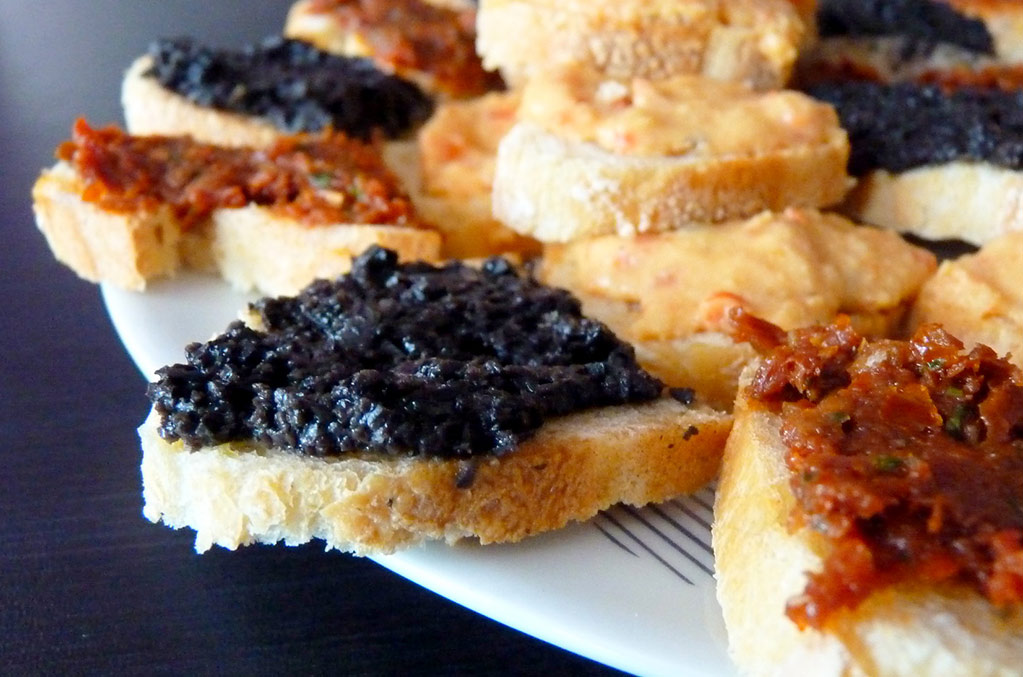
REGIONAL SPECIALITIES OF LANGUEDOC-ROUSSILLON
We have selected five of the specialities that can be found throughout the Languedoc-Roussillon region:
- Tapenade: Prepared from green or black olives with olive oil and sometimes capers, this dish is served as a dip or spread on bread. It is a traditional Provençal plant that has made its way to the west of the region, but it has been present in Languedoc cuisine for so long that it is considered a speciality of the region.
- Cassoulet: This traditional Toulouse dish is made from beans with sausages, mutton or pork.
- Bourride: Originating in the town of Sète, bourride is a stew of monkfish (or white fish) with aïoli (a Mediterranean sauce made from olive oil and garlic). Like many traditional Languedoc recipes, it was originally created by local fishermen to use up their unsold fish of the day.
- Olives: They can be found on all the market stalls in Languedoc-Roussillon. They are served as an aperitif or cooked and added to sauces.
- Oysters: The Etang de Thau, a large lagoon west of Montpellier, supplies the region’s oysters and mussels. They can be served in different ways, with herbs and lightly baked, or more traditionally with lemon and a glass of white wine.
